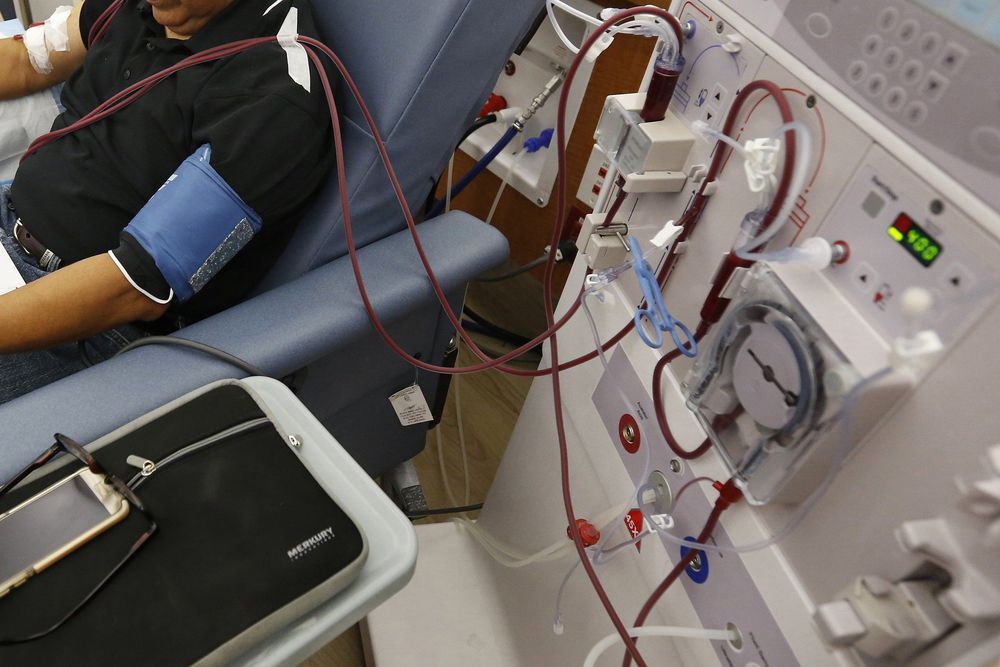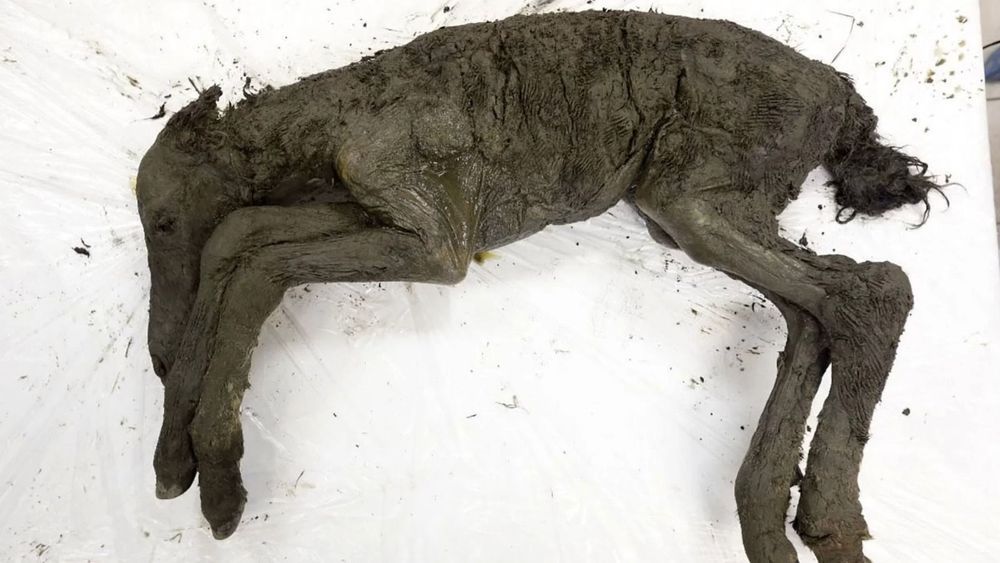In an era when untestable ideas such as the multiverse hold sway, Michela Massimi defends science from those who think it hopelessly unmoored from physical reality.



A drug that’s used to help control blood sugar in people with diabetes has now been shown to help prevent or slow kidney disease, which causes millions of deaths each year and requires hundreds of thousands of people to use dialysis to stay alive.
Doctors say it’s hard to overstate the importance of this study, and what it means for curbing this problem, which is growing because of the obesity epidemic.
The study tested Janssen Pharmaceuticals’ drug Invokana. Results were discussed Sunday at a medical meeting in Australia and published by the New England Journal of Medicine.

Liquid democracy is a technologically enabled and scalable hybrid of direct and representative democracy.[2] Liquid Democracy, a subset of Delegative Democracy, is a powerful voting model for collective decision making in large communities. Liquid Democracy combines the advantages of Direct Democracy and Representative Democracy and creates a truly democratic voting system that empowers voters to either vote on issues directly, or to delegate ones voting power to a trusted party.[3]
“Superdemocracy upholds the concept of delegated voting, via systems such as “liquid democracy”. This enables citizens to delegate their votes in specified areas of debate to people whom they trust in these areas. In case someone changes their mind, delegations can be revoked or reassigned at any time.
Liquid democracy is a tech-enabled improvement to those parliamentary systems in which a single elected member of parliament is meant to represent the voter in all areas of debate. With liquid democracy, representation is no longer an all-or-nothing affair. Accordingly, liquid democracy moves away from the unhelpful fiction that politicians are supposed to have been elected to carry out every nook and cranny of their election manifesto. It enables a set of approvals and affirmations that is much more fine-grained — an ongoing dynamic conversation with nuance and inventiveness.”


Scientists in the Yakutsk region of Siberia have managed to extract samples of liquid blood from a 42,000-year-old foal that was found embedded in permafrost back in 2018. The scientists are hoping to collect viable cells for the purpose of cloning the extinct species of horse.
The male foal was discovered in the Batagaika depression on August 11, 2018. Permafrost left the remains in remarkably good shape, raising hopes that its cells could be extracted. The specimen is thought to belong to an extinct species of horse known as Lenskaya breed (also known as the Lena horse), as the Siberian Times reported last year.
In August of 2016, astronomers from the European Southern Observatory (ESO) announced the discovery of an exoplanet in the neighboring system of Proxima Centauri. The news was greeted with considerable excitement, as this was the closest rocky planet to our Solar System that also orbited within its star’s habitable zone.
Since then, multiple studies have been conducted to determine if this planet could actually support life.
Unfortunately, most of the research so far has indicated that the likelihood of habitability are not good. Between Proxima Centauri’s variability and the planet being tidally-locked with its star, life would have a hard time surviving there.

The farther you get from the equator, the less effective solar panels become at reliably generating power all year round. And it’s not just the shorter spans of sunlight during the winter months that are a problem; even a light dusting of snow can render solar panels ineffective. As a result of global warming, winters are only going to get more severe, but there’s at least one silver lining as researchers from UCLA have come up with a way to harness electricity from all that snow.
The technology they developed is called a snow-based triboelectric nanogenerator (or snow TENG, for short) which generates energy from the exchange of electrons. If you’ve ever received a nasty shock when touching a metal door handle, you’ve already experienced the science at work here. As it falls towards earth, snowflakes are positively charged and ready to give up electrons. In a way, it’s almost free energy ready for the taking, so after testing countless materials with an opposite charge, the UCLA researchers (working with collaborators from the University of Toronto, McMaster University, and the University of Connecticut) found that the negative charge of silicone made it most effective for harvesting electrons when it came into contact with snowflakes.

Zack Geballe spent months screwing together pairs of polished diamonds at the Carnegie Institution for Science’s Geophysical Laboratory. Theory predicted that squeezed between the diamonds’ tips could be one of the most miraculous substances of modern physics—a material that, at near room temperature, could transport electricity without losing power. He just needed to get the samples to Argonne National Lab outside Chicago to heat them up with laser pulses.
When Argonne beam line scientist Yue Meng turned the lasers on, all four diamonds cracked in half.
“It was a total catastrophe,” Geballe told me while I was visiting him at the Geophysical Laboratory in Washington, DC, this year.

Highlighting third-party sales, eBay’s bread-and-butter, Amazon’s Bezos may have stoked a fire that could ultimately fuel eBay stock gains.
